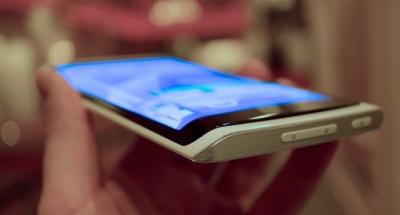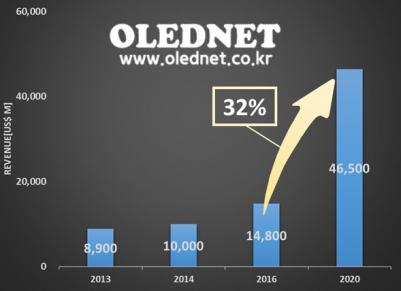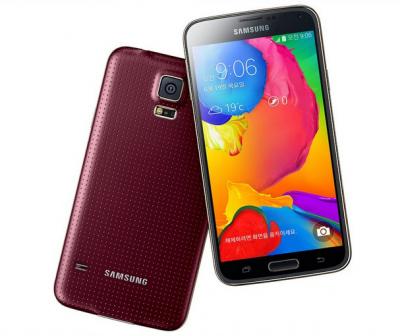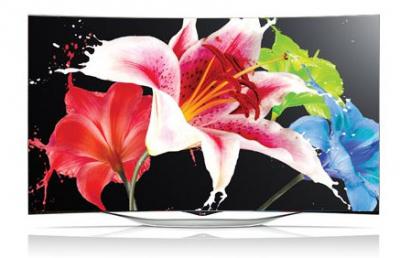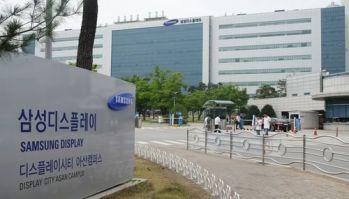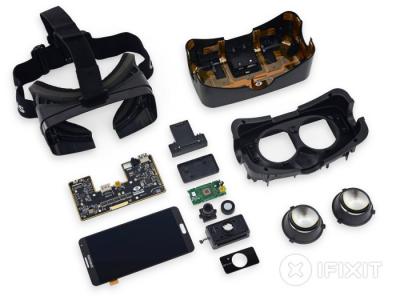UDC reports financial results for Q2 2014, $64.1 million in revenues
 Universal display posted their financial results for Q2 2014. Revenues were $64.1 million, including a $25 license payment from SDC (up from $49.9 million in Q2 2013). net profit was $20.4 million.
Universal display posted their financial results for Q2 2014. Revenues were $64.1 million, including a $25 license payment from SDC (up from $49.9 million in Q2 2013). net profit was $20.4 million.
Material sales reached $35.9 million - $13.2 million from green host sales, $15 million for green emitter sales and $4.4 million for red emitter sales. Sales to LG Display reached $9 million (a little bit lower than in the first quarter). Sales to Samsung were somewhat "soft", but this was offset by sales to other partners.


